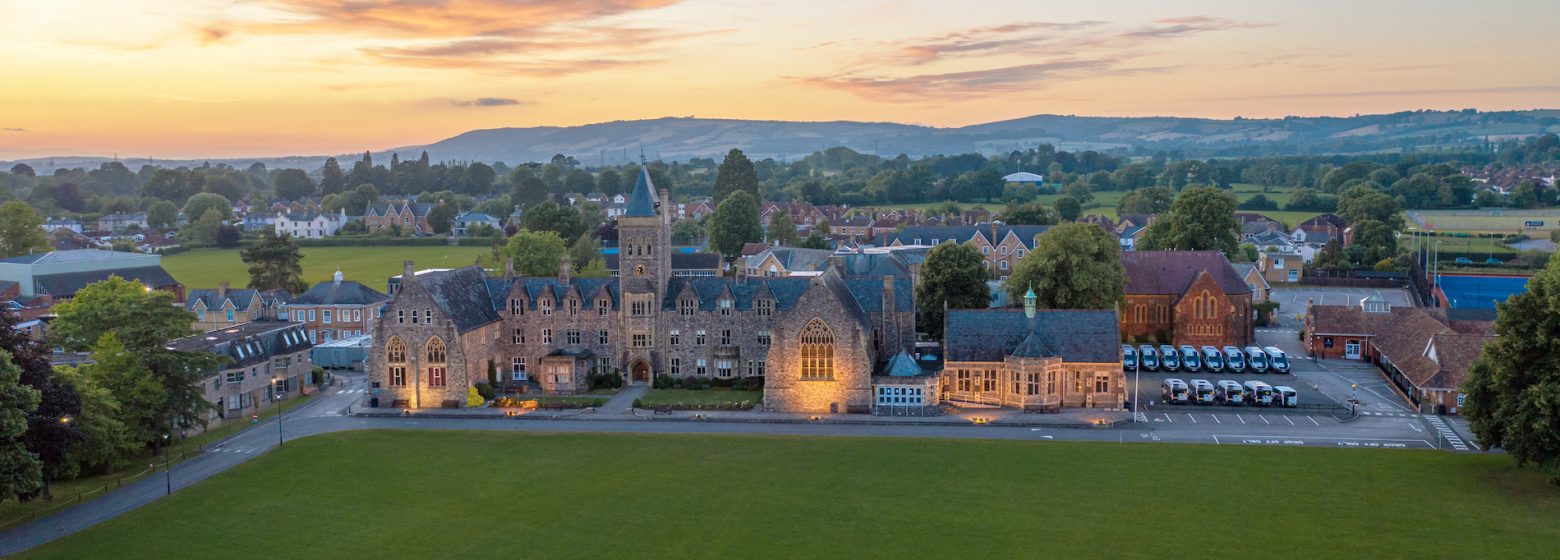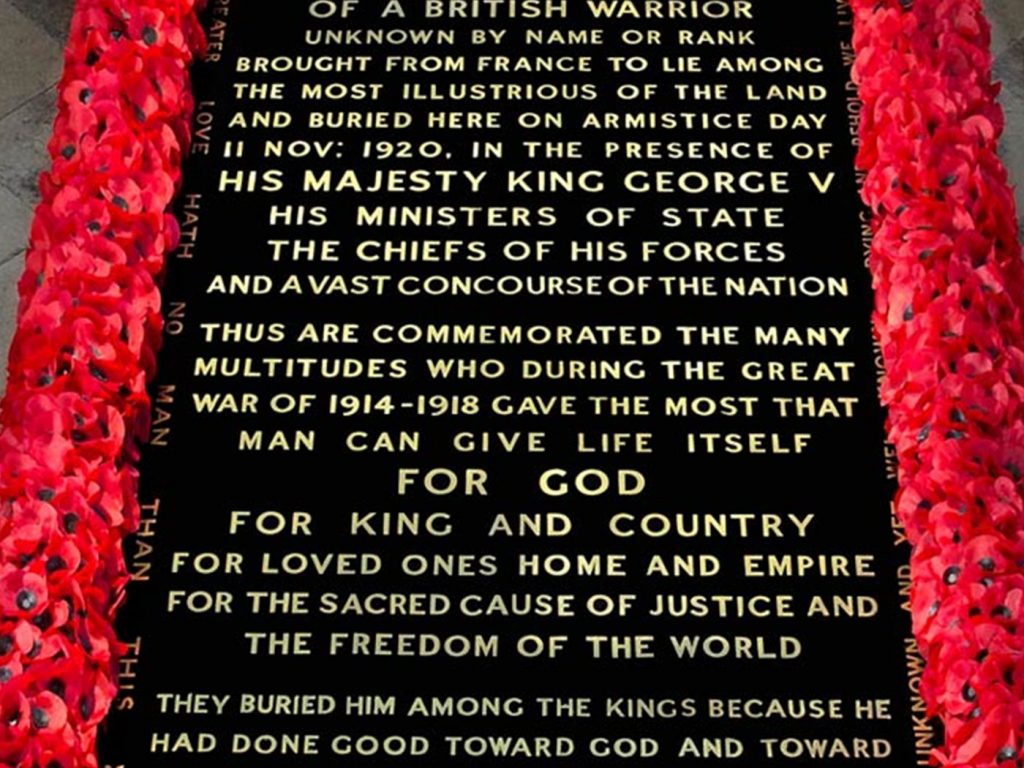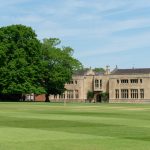Each Tuesday, the intrepid team of TPS History detectives meet to delve into the past and research famous events to coincide with the publishing date of this week’s Courier. This term, as we will shortly be remembering the 100 year anniversary of the WW1 Armistice, we have decided to focus on events which happened between the years 1914-18.
The pupils have only one hour to research, write and illustrate their articles. We hope you enjoy them and discover some fascinating bits of History.
Joanna Hall-Tomkin
Head of History and Pastoral Head Years 5 & 6
1920 – The Tomb of the Unknown Warrior
The Unknown Warrior is buried in Westminster Abbey as a memorial to the dead of World War One, particularly those who have no known grave.
In 1920, as part of ceremonies in Britain to commemorate the dead of World War One, there was a proposal that the body of an Unknown Soldier, lying in an unmarked grave abroad, be returned to England for burial in Westminster Abbey. This was to symbolise all those who had died for their country, but whose place of death was not known, or whose body remained unidentified and whose family had no grave to visit. “Those parents and wives who had lost men to war didn’t have anything tangible to grieve at, so the unknown warrior represented their loss,” says Terry Charman, a historian at the Imperial War Museum.
It is thought that the idea came from the reverend David Railton, who had served as a chaplain on the Western Front. There are a number of versions of how the selection of the Unknown Warrior was made, but it is generally agreed that he unknown warrior’s body was chosen from a number of British servicemen exhumed from four battle areas – the Aisne, the Somme, Arras and Ypres. These remains were brought to the chapel at St Pol on the night of 7 November 1920, where the officer in charge of troops in France and Flanders, Brig Gen L J Wyatt, went with a Col Gell.
Neither had any idea where the bodies, laid on stretchers and covered by union jacks, were from.
“The point was that it literally could have been anybody,” says Mr Charman. “It could have been an earl or a duke’s son, or a labourer from South Africa. “The idea really caught the public mood, as it was a very democratic thing that it could have been someone from any rank.” General Wyatt selected one body – it has been suggested he may have been blindfolded while making his choice – and the two officers placed it in a plain coffin and sealed it. The other bodies were reburied. The next day the dead soldier began the journey to his final resting place. The coffin was taken to Boulogne and placed inside another coffin, made of oak from Hampton Court and sent over from England. Its plate bore the inscription: “A British Warrior who fell in the Great War 1914-1918 for King and Country”. This second coffin had a 16th Century sword, taken from King George V’s private collection, fixed on top.
The body was then transported to Dover via the destroyer HMS Verdun and when the ship was sighted off the coast at Dover, a gun salute was sounded. It was then taken by train to London. On the morning of 11 November 1920 – two years to the day after the war had ended, the body of the unknown warrior was drawn by horses on a gun carriage in a procession through London to the Cenotaph. This new war memorial on Whitehall was then unveiled by George V.
At 1100 there was a two-minute silence, and the body was then taken to nearby Westminster Abbey where it was buried, passing through a guard of honour of 100 holders of the Victoria Cross. In a particularly poignant gesture, the grave was filled with earth from the main French battlefields, and the black marble stone was Belgian.
In 1923, in memory of her brother Fergus, whose body was never recovered from the Battle of Loos on 1915, Lady Elizabeth Bowes Lyon (the Queen Mother,) chose to lay her bridal bouquet at the Tomb of the Unknown Soldier and this has become a touching tradition that all royal brides now follow.
In the week after the burial of the Unknown Soldier, an estimated 1,250,000 people visited the Tomb, and the site is now one of the most visited war graves in the world. The text inscribed on the tomb is taken from the bible (2 Chronicles 24:16): ‘They buried him among the kings, because he had done good toward God and toward his house’.
Aryan Sharma, Charlie Webber and Gabriel McCarthy





